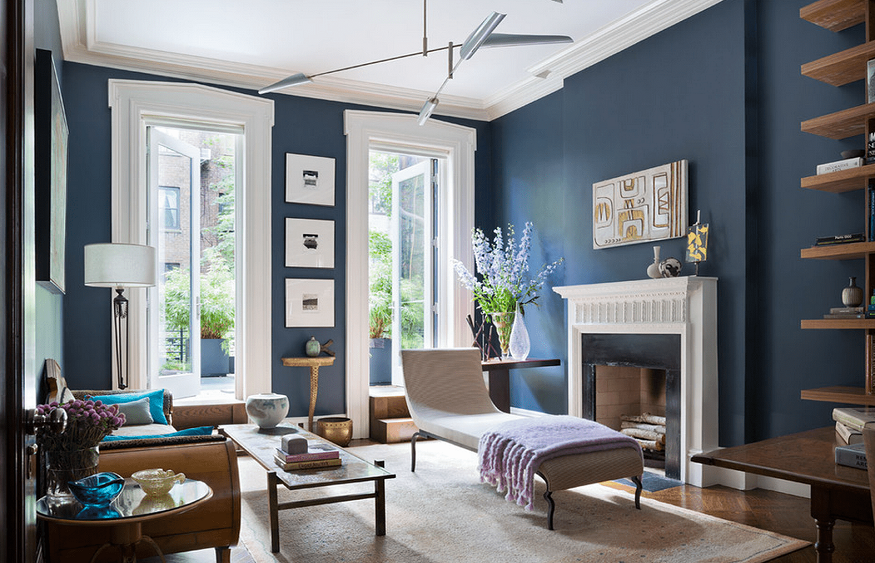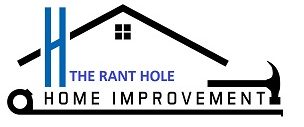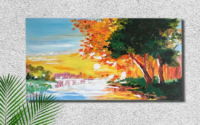How to Estimate Your Painting Costs with a Simple Price Calculator?
 Refreshing your home with a new coat of paint is an exciting way to breathe life into your space. Painting is a transformative yet cost-effective solution, whether you want to create a cosy atmosphere, modernise your interiors, or simply repair worn-out walls.
Refreshing your home with a new coat of paint is an exciting way to breathe life into your space. Painting is a transformative yet cost-effective solution, whether you want to create a cosy atmosphere, modernise your interiors, or simply repair worn-out walls.
However, one important step in planning your project is accurately estimating the costs. A paint price calculator can make this easier.Here’s a step-by-step guide to estimating your painting costs effortlessly using this valuable tool.
Why Estimate Painting Costs in Advance?
Knowing your painting costs ahead of time helps in:
- Setting a realistic budget
- Avoiding unexpected expenses
- Choosing paints and finishes that fit within your financial plan
- Comparing professional services with DIY options
A paint price calculator simplifies this process by providing an approximate cost based on the size of the area, type of paint, and other variables.
What Factors Influence Painting Costs?
Before diving into the calculations, it’s essential to understand the key factors that affect painting costs:
a. Area to Be Painted
The size of the surface area is the most significant factor. Larger walls or ceilings require more paint, resulting in higher costs. Additionally, textured or uneven walls may need extra coats, increasing expenses.
b. Type of Paint
Paints vary widely in price based on quality, durability, and finish. Matte, satin, semi-gloss, and high-gloss finishes have different price points. Premium paints with added benefits like washability or weather resistance tend to cost more.
c. Number of Coats
The number of paint coats required depends on the surface condition and the colour you’re applying. A darker shade may need multiple layers for proper coverage, which adds to the overall cost.
d. Additional Supplies
Beyond paint, you’ll need tools like brushes, rollers, masking tape, and drop cloths. If you hire professionals, labour charges will also be a significant part of the total cost.
e. Special Requirements
These services can increase your expenses if your walls need repair, priming, or a protective finish. Similarly, decorative techniques or patterns will require additional time and resources.
Using a Paint Price Calculator
A paint price calculator is an easy-to-use tool that estimates your painting project’s cost. Here’s how it typically works:
Step 1: Measure the Surface Area
Begin by measuring the width and height of the walls or ceiling you want to paint. Multiply these dimensions to get the total surface area. For example, a wall that is 10 feet tall and 15 feet wide has an area of 150 square feet.
Step 2: Choose the Type of Paint
Decide on the type of paint and finish you want. Different paints come with varying price tags. A paint price calculator lets you input these details for a more precise estimate.
Step 3: Input the Number of Coats
Indicate how many coats of paint you’ll need. The calculator factors in the additional paint required for multiple layers, ensuring your estimate is accurate.
Step 4: Include Other Costs
Some calculators let you include costs for labour, tools, and special treatments like primers or protective coatings. This feature is helpful if you want a comprehensive estimate.
Step 5: Review the Results
Once you’ve entered all the details, the calculator provides an approximate cost for your painting project.
Benefits of Using a Paint Price Calculator
Using a paint price calculator streamlines your planning process and offers several advantages:
- It eliminates the risk of underestimating or overestimating your costs.
- You get a clear picture of the total expense with just a few inputs.
- No need for manual calculations or guesswork.
- Adjust details like paint type or number of coats to explore different cost scenarios.
Final Thoughts
Estimating your painting costs doesn’t have to be daunting. A paint price calculator is a simple yet powerful tool that ensures you’re well-prepared for your next painting project. Factoring in surface area, paint type, and other variables provides a reliable cost estimate, helping you stay within budget and make informed decisions.



